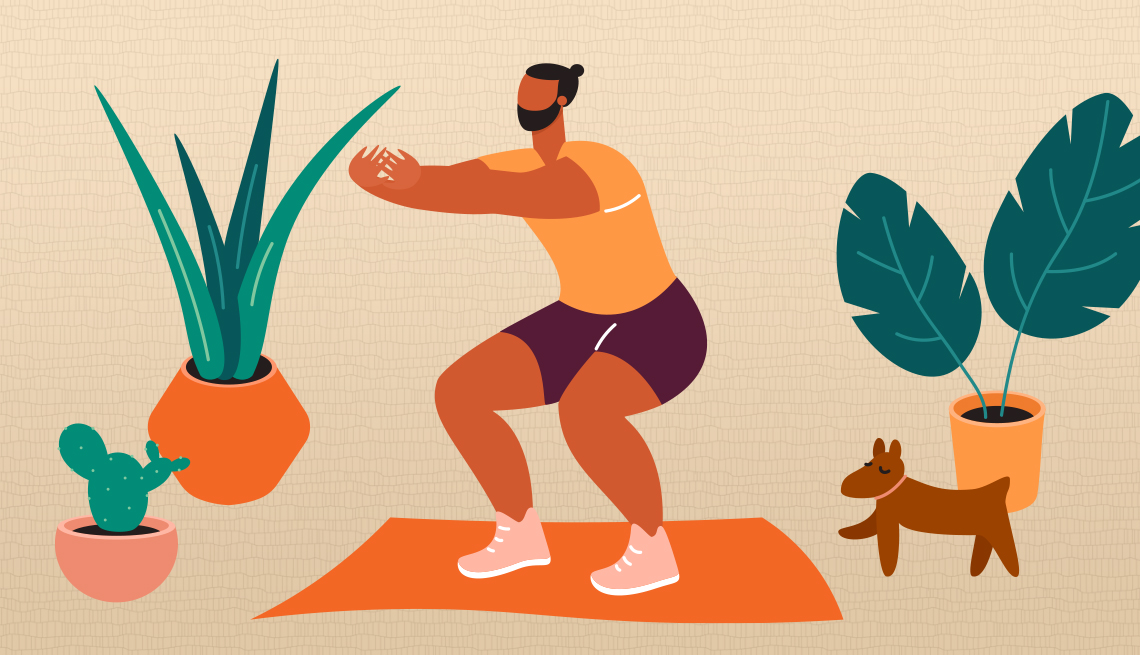Play all audios:
Anybody who’s stepped foot on a treadmill, power-walked their way around the neighborhood or suited up for an aqua aerobics class knows, cardio — short for cardiovascular exercise — is many
things. Sweaty. Challenging. Invigorating. Intense. But cozy? Hardly ever. And yet a type of exercise dubbed “cozy cardio” is looking to redefine what it means to get your cardio. Instead of
exercise that feels punishing, cozy cardio is a kinder, gentler means to the end, putting as much emphasis on self-care and enjoyment as on getting your heart rate up. The trend was started
by Hope Zuckerbrow, a Texas-based social media influencer, in search of a form of exercise that isn’t just about losing weight but a type that could actually “spark joy when it came to
movement,” she told CNN in 2023. Her favorite way to do that? Stroll on her at-home walking pad while watching television and sipping iced coffee, sometimes still in her bathrobe and fuzzy
socks. In the year or so since the phrase was coined, cozy cardio has become shorthand for any lower-impact, lower-intensity at-home exercise that involves getting your heart rate up in a
way that feels good. All of which sounds great in theory (and on TikTok), but is it challenging enough to satisfy the goal of cardio? Cardio — a.k.a. aerobic exercise — is meant to be at
least moderate-intensity exercise involving larger muscle groups that’s done over extended periods to improve your overall cardiovascular system. “With eating and activity, it’s always
important to consider new behaviors relative to previous behaviors,” says William Yancy, M.D., a professor of medicine at Duke University School of Medicine and medical director of Duke’s
Lifestyle and Weight Management Center. If instead of eating junk food and sitting down while you are watching a movie, you ate healthier foods and started a cozy cardio routine,“then the
new behaviors are a definite move in a healthy direction,” Yancy says. “If you’re able to maintain the new behaviors because you enjoy them and are satisfied with your progress, then I see
all pros and no cons to this strategy.” But it comes with a caveat: “If you are trying to lose weight or increase your fitness and not making progress, then additional changes may be
necessary at some point,” he adds. DOES COZY CARDIO COUNT? Of the four types of exercise recommended by the National Institute on Aging — strength training, balance, flexibility and cardio —
the latter is specifically intended to improve the health of your heart, lungs and circulatory system. To make that happen, virtually every public health authority, from the American Heart
Association to the Centers for Disease Control and Prevention (CDC), recommends logging 150 minutes per week of moderate-intensity activity.

